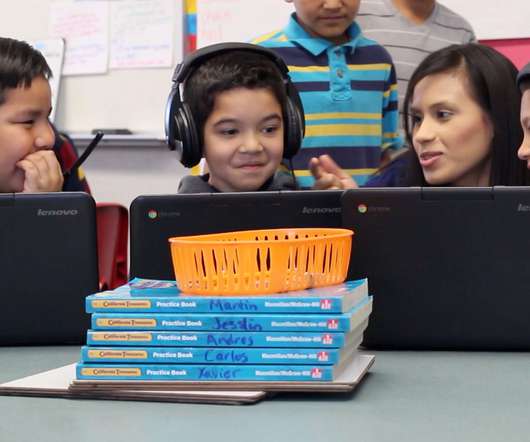How to do online learning well? A California district has some answers.
The Hechinger Report
DECEMBER 19, 2021
Credit: Charlotte West for The Hechinger Report. With about a day planning, [teachers] shift right into distance learning,” Rooney said. Credit: Charlotte West for The Hechinger Report Washington Elementary is a K-8 school in Lindsay, an agricultural community in California’s Central Valley. The role of technology.















Let's personalize your content